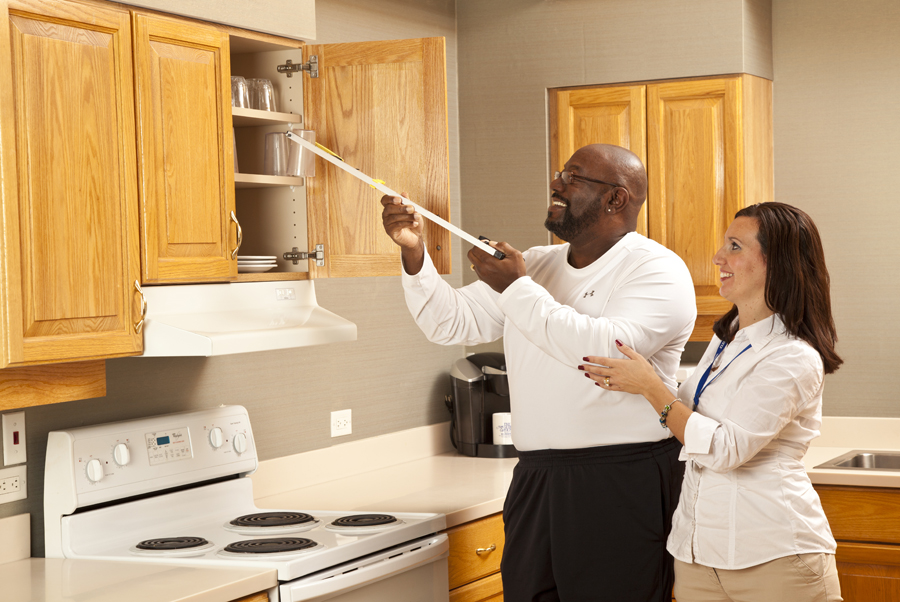Exploring the Impact of Hands-on Treatment Techniques on Reducing Musculoskeletal Discomfort and Improving Client Outcomes
Exploring the Impact of Hands-on Treatment Techniques on Reducing Musculoskeletal Discomfort and Improving Client Outcomes
Blog Article
Hands-on therapy techniques are hands-on methods used by healthcare providers to address muscle and joint pain. These techniques include different forms of manipulation and mobilization of the body’s muscle tissue and articulations. The objective of hands-on treatment is to relieve pain, enhance movement, and enhance overall performance. Many people suffer from musculoskeletal pain due to injuries, suboptimal alignment, or disorders like joint inflammation. By applying manual treatment, therapists aim to address these issues and help patients recover their quality of living.
One frequent manual treatment method is vertebral adjustment. This technique involves using controlled force to the spine to improve alignment and reduce discomfort. Research has shown that vertebral adjustment can be beneficial in managing lumbar spinal pain and cervical discomfort. Another method is gentle connective tissue manipulation, which concentrates on relieving tension in the muscles and soft structures. This can help reduce rigidity and enhance range of motion, making it simpler for clients to navigate without pain. Both methods can be tailored to meet the specific needs of each patient, ensuring a custom method to care.
In addition to pain relief, manual therapy can enhance client results in multiple aspects. For example, it can boost blood flow, which helps supply nutrients and essential elements to the injured regions of the system. Improved blood flow can also promote healing and alleviate swelling. Additionally, hands-on treatment can help clients develop better body awareness, which is crucial for avoiding future trauma. By comprehending how their physiques move, clients can make more informed choices about their activities and posture, leading to sustained advantages.
The efficacy of hands-on treatment is often backed by patient responses. Numerous patients indicate notable gains in their discomfort intensity and explanation overall performance after receiving treatment. This favorable response can lead to increased motivation for patients to engage in physical activity and recovery programs. When clients feel improved, they are more likely to participate in their recovery journey, which can further enhance their results. This cooperative approach between the therapist and the patient is essential for attaining lasting results.
In conclusion, hands-on treatment techniques play a vital role in relieving muscle and joint discomfort and improving patient results. By applying methods such as spinal adjustment and gentle connective tissue mobilization, healthcare providers can help clients recover mobility and alleviate pain. The benefits of hands-on treatment extend beyond immediate pain relief, as it also encourages recovery and motivates clients to take an proactive role in their rehabilitation. As more people seek efficient treatments for muscle and joint concerns, hands-on therapy remains to be an essential option in the realm of medicine.